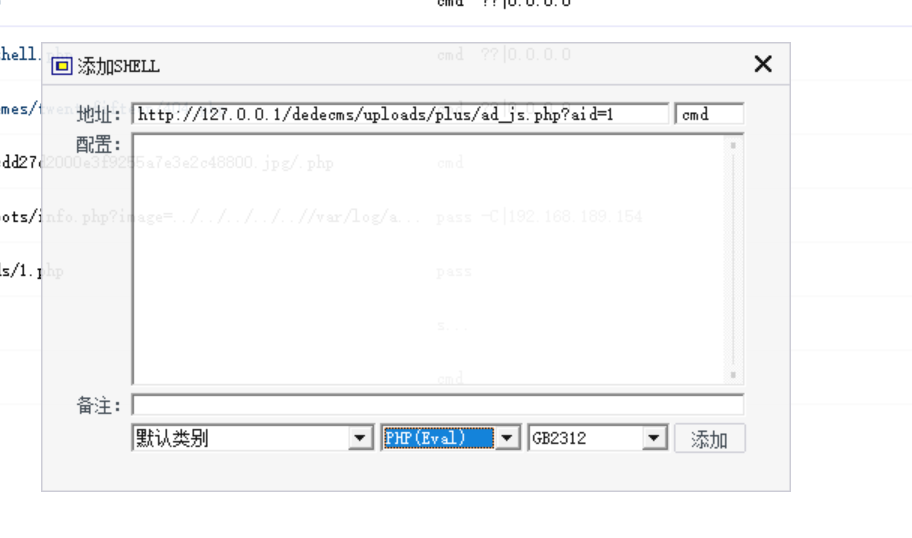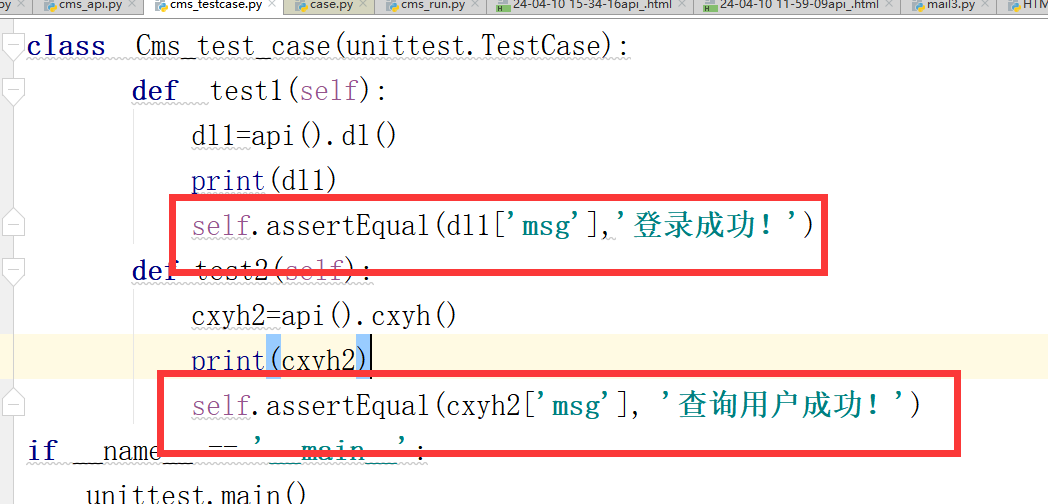一:点乘介绍
1. 向量点乘:

2. 向量点乘的性质:

3. 向量点乘公式:



4. 向量的点乘的属性:
(1):向量与自身做点乘,会得到向量长度的平方:![]()
(2):向量长度,为向量与自身点乘后再求平方根:![]()
(3):向量投影,将a向量投影到向量b上:
(4):向量夹角:
二:叉乘介绍:
1. 向量叉乘:

2. 向量叉乘公式:

3. 向量叉乘的属性:
判断三个向量是否共面:![]()
三:应用1 - 求两直线的交点:
(1)2D直线方程: ![]()
(2)将直线1带入直线2中: ![]() ,叉乘等于0,意味着两向量共线。
,叉乘等于0,意味着两向量共线。
(3)求交点:

四:应用2 - 求三个平面的交点:
(1):三个平面方程:

(2):三个平面方程,三个未知数,利用克拉默法则求解即可。
三:实现
#ifndef _POINT_H_
#define _POINT_H_#include <iostream>
#include <cmath>class Point2D
{
public:float x, y;Point2D() {}Point2D(float x, float y) : x(x), y(y) {}Point2D &operator+=(const Point2D &t){x += t.x;y += t.y;return *this;}Point2D &operator-=(const Point2D &t){x -= t.x;y -= t.y;return *this;}Point2D &operator*=(float t){x *= t;y *= t;return *this;}Point2D &operator/=(float t){x /= t;y /= t;return *this;}Point2D operator+(const Point2D &t) const{return Point2D(*this) += t;}Point2D operator-(const Point2D &t) const{return Point2D(*this) -= t;}Point2D operator*(float t) const{return Point2D(*this) *= t;}Point2D operator/(float t) const{return Point2D(*this) /= t;}float dot(const Point2D& b) const{return x * b.x + y * b.y;}friend std::ostream &operator<<(std::ostream &out, const Point2D &t){out << '(' << t.x << ',' << t.y << ')';return out;}};Point2D operator*(float a, const Point2D &b)
{return b * a;
}float dot(const Point2D& a, const Point2D& b)
{return a.dot(b);
}float norm(const Point2D& a)
{return dot(a, a);
}double abs(const Point2D& a) {return sqrt(norm(a));
}double proj(const Point2D& a, const Point2D& b)
{return dot(a, b) / abs(b);
}double angle(const Point2D& a, const Point2D& b)
{return acos(dot(a, b) / abs(a) / abs(b));
}float cross(const Point2D& a, const Point2D& b)
{return a.x * b.y - a.y * b.x;
}Point2D intersect(const Point2D& a1, const Point2D& d1, const Point2D& a2, const Point2D& d2)
{return a1 + cross(a2 - a1, d2) / cross(d1, d2) * d1;
}class Point3D: public Point2D
{
public:float z;Point3D() {}Point3D(float x, float y, float z) : Point2D(x, y), z(z) {}Point3D &operator+=(const Point3D &t){x += t.x;y += t.y;z += t.z;return *this;}Point3D &operator-=(const Point3D &t){x -= t.x;y -= t.y;z -= t.z;return *this;}Point3D &operator*=(float t){x *= t;y *= t;z *= t;return *this;}Point3D &operator/=(float t){x /= t;y /= t;z /= t;return *this;}Point3D operator+(const Point3D &t) const{return Point3D(*this) += t;}Point3D operator-(const Point3D &t) const{return Point3D(*this) -= t;}Point3D operator*(float t) const{return Point3D(*this) *= t;}Point3D operator/(float t) const{return Point3D(*this) /= t;}float dot(const Point3D &t) const{return x * t.x + y * t.y + z * t.z;}friend std::ostream &operator<<(std::ostream &out, const Point3D &t){out << '(' << t.x << ',' << t.y << ',' << t.z << ')';return out;}
};Point3D operator*(float a, Point3D b)
{return b * a;
}float dot(const Point3D& a, const Point3D& b)
{return a.dot(b);
}float norm(const Point3D& a)
{return dot(a, a);
}double abs(const Point3D& a) {return sqrt(norm(a));
}double proj(const Point3D& a, const Point3D& b)
{return dot(a, b) / abs(b);
}double angle(const Point3D& a, const Point3D& b)
{return acos(dot(a, b) / abs(a) / abs(b));
}Point3D cross(const Point3D& a, const Point3D& b)
{return Point3D(a.y * b.z - a.z * b.y,a.z * b.x - a.x * b.z,a.x * b.y - a.y * b.x);
}float triple(const Point3D& a, const Point3D& b, const Point3D& c)
{return dot(a, cross(b, c));
}Point3D intersect(const Point3D& a1, const Point3D& n1, const Point3D& a2, const Point3D& n2, const Point3D& a3, const Point3D& n3)
{Point3D x(n1.x, n2.x, n3.x);Point3D y(n1.y, n2.y, n3.y);Point3D z(n1.z, n2.z, n3.z);Point3D d(dot(a1, n1), dot(a2, n2), dot(a3, n3));return Point3D(triple(d, y, z),triple(x, d, z),triple(x, y, d)) / triple(n1, n2, n3);
}#endif


















